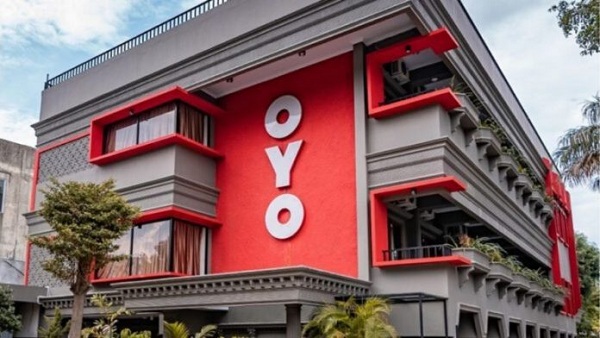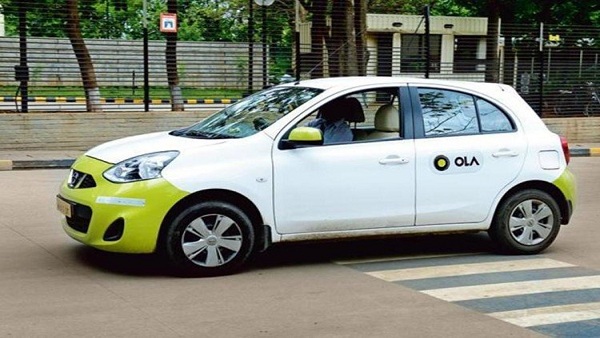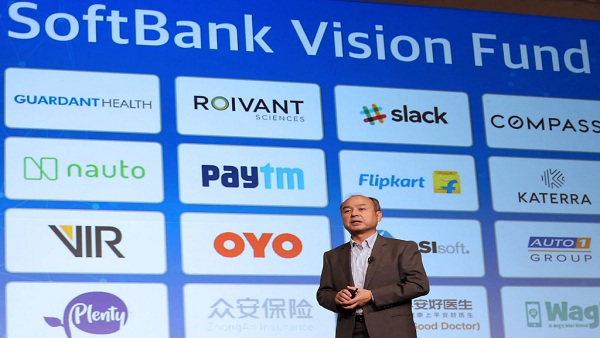Non-performing assets (NPAs) or
bad loans of banks have declined by Rs 61,180 crore to Rs 8.34 lakh crore at the end of March 31, 2021, as result of various steps taken by the government, Minister of State for Finance Bhagwat
K Karad said on Monday.
Scheduled commercial banks (SCBs) were carrying NPAs worth Rs 8.96 lakh crore on their balance sheet at the end of March 2020.
“Primarily as a result of transparent recognition of stressed assets as NPAs, gross NPAs of SCBs, as per RBI data on global operations, rose from Rs 3,23,464 crore as on 31.3.2015, to Rs 10,36,187 crore on 31.3.2018, and as a result of Government’s strategy of recognition, resolution, recapitalisation and reforms, have since declined to Rs 9,33,779 crore on 31.3.2019, Rs. 8,96,082 crore as on 31.3.2020, and further to Rs 8,34,902 crore (provisional data) as on 31.3.2021,” he said.
Karad in a written reply to the Lok Sabha said COVID-19 Regulatory Package announced by RBI permitted lending institutions to grant a moratorium of six months on payment of all instalments falling due between March 1 and August 31, 2020, in respect of all term loans and to defer the recovery of interest for the same period in respect of working capital facilities.
Replying to another question, Karad said, gross NPAs of public sector banks (PSBs) peaked at Rs 8,95,601 crore on March 31, 2018.
As a result of Government’s strategy of recognition, resolution, recapitalisation and reforms, NPAs have since declined to Rs 7,39,541 crore on March 31, 2019, Rs 6,78,317 crore on March 31, 2020 and further to Rs 6,16,616 crore as on March 31, 2021 (provisional data).
“The net NPAs have displayed a similar trend, increasing initially from Rs 1,24,095 crore on 31.3.2014 to Rs 2,14,549 crore on 31.3.2015, Rs 3,24,372 crore on 31.3.2016, Rs 3,82,087 crore on 31.3.2017 and peaking at Rs 4,54,221 on 31.3.2018, and declining thereafter to Rs 2,84,689 crore on 31.3.2019, Rs 2,31,551 crore on 31.3.2020 and further to Rs 1,97,360 crore as on 31.3.2021 (provisional data),” he said.
Throughout this period, he said, PSBs continued to post aggregate operating profits of Rs 1,37,151 crore, Rs 1,58,994 crore, Rs 1,55,603 crore, Rs 1,49,819 crore, Rs 1,74,640 crore in the financial year 2015-16, 2016-17, 2017-18, 2018-19 and 2019-20 respectively.
“However, primarily due to continuing ageing provision for NPAs, they made aggregate provision for NPAs and other contingencies of Rs 1,55,226 crore, Rs 1,70,371 crore, Rs 2,40,956 crore, Rs 2,17,481 crore and Rs 2,00,404 crore respectively in the said years, resulting in aggregate net losses of Rs 17,993 crore, Rs 11,389 crore, Rs 85,370 crore, Rs 66,636 crore and Rs 25,941 crore respectively and returning to profitability thereafterwith aggregate net profit of Rs 31,820crore in FY2020-21,” he said.
At the same time comprehensive steps were taken to control and to effect recovery in NPAs, which enabled PSBs to recover Rs 5,01,479 crore over the last six financial years, he added.
In a reply to another question, Karad said overall credit growth of Scheduled Commercial Banks (SCBs) has remained positive for 2020-21 despite contraction in GDP (-7.3 per cent) due to the COVID-19 pandemic.
‘Gross Loans and Advances – Outstanding’ of SCBs increased from Rs 109.19 lakh crore as of March 31, 2020 to Rs 113.99 lakh crore as of March 31, 2021, he said.
Further, he said, as per RBI data of loans to agriculture and allied activities, micro, small & medium enterprises, housing and vehicle have witnessed a year-on-year growth of 12.3 per cent, 8.5 per cent, 9.1 per cent and 9.5 per cent respectively during the year.
Ability of PSBs to further increase lending is evident through Capital to Risk Weighted Assets Ratio which stood at 14.04 per cent as of March 31, 2021, as against regulatory requirement of 10.875 per cent, he added.










